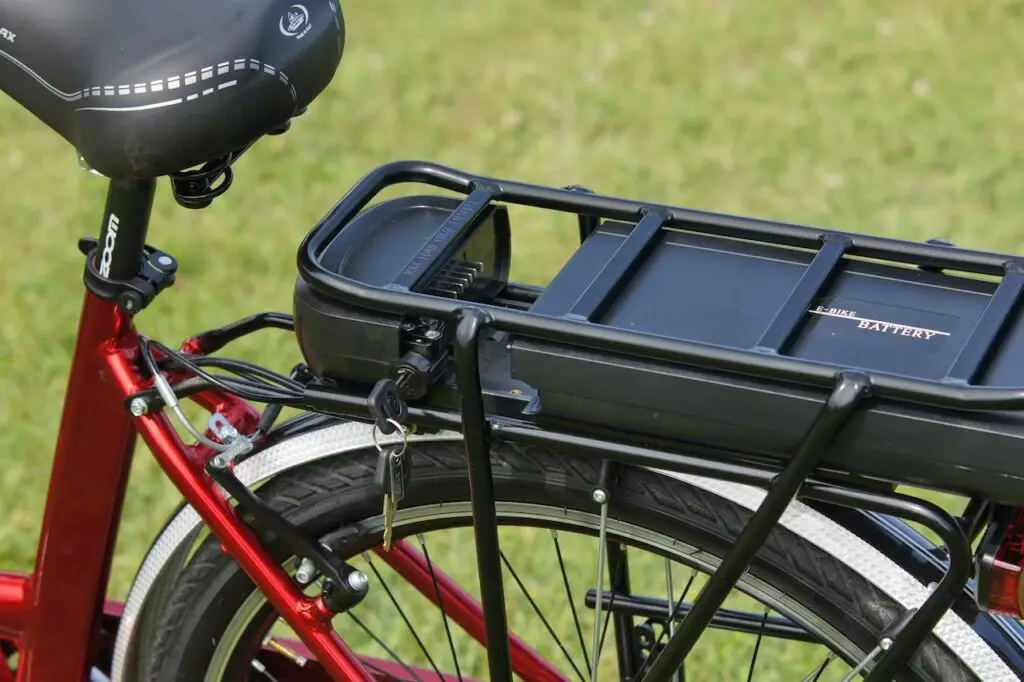Electric bikes, also known as e-bikes, have become increasingly popular in recent years. One of the most common questions people have about e-bikes is whether they are hard to pedal. The answer to this question is not a simple yes or no, as it depends on several factors.
Firstly, it’s important to note that e-bikes are heavier than regular bikes due to the battery pack, which can weigh several kilograms. This added weight can make it harder to pedal the bike without assist. However, with pedal assist, e-bikes are designed to make pedaling easier, which is the whole point of electric bikes.
Another factor to consider is the level of assist provided by the e-bike. Some e-bikes provide more assistance than others, which can affect how hard it is to pedal. Additionally, the terrain and incline of the road can also impact how hard it is to pedal an e-bike. In this article, we’ll explore these factors in more detail to help you understand whether e-bikes are hard to pedal.

Electric Bikes vs. Regular Bikes
When it comes to deciding between an electric bike and a regular bike, there are some key differences to consider.
How Do Electric Bikes Work?
Electric bikes, also known as e-bikes, have an electric motor and drive system that helps the rider pedal. The motor is powered by a rechargeable battery and can be activated in two ways: pedal assist or throttle control.
Pedal Assist vs. Throttle Control
Pedal assist is the most common way to activate the electric motor on an e-bike. As the rider pedals, the motor provides an additional boost to make pedaling easier. The amount of assistance can usually be adjusted to different levels based on the rider’s preference.
Throttle control, on the other hand, allows the rider to activate the motor without pedaling. This is similar to a motorcycle or scooter and can provide a significant boost in speed without much effort from the rider.
While both options can make riding an e-bike easier, pedal assist is often preferred for its more natural feel and ability to provide exercise benefits. Throttle control is better suited for situations where the rider needs a quick boost of speed, such as when starting from a stop or climbing a steep hill.
Overall, electric bikes are a great option for those who want to enjoy the benefits of cycling without the physical exertion required by a regular bike. However, it’s important to note that e-bikes are not necessarily easier to pedal than regular bikes, as they still require effort from the rider to pedal and control the bike.
Factors That Affect Pedal Effort
Weight of the Bike and Rider
One of the main factors that affect the pedal effort required for electric bikes is the weight of the bike and rider. Electric bikes are generally heavier than regular bikes, often weighing up to 50 pounds more due to the battery pack. The weight of the rider can also add to the overall weight of the bike, making it more difficult to pedal.
Terrain and Incline
The terrain and incline of the ride can also impact the pedal effort required for electric bikes. Uphill rides will require more effort, especially if the electric assistance is turned off. The rider may need to switch to a lower gear to make it easier to pedal uphill. On the other hand, downhill rides may require less effort or even no effort at all from the rider.
Wind Resistance
Wind resistance is another factor that can affect the pedal effort required for electric bikes. Riding against the wind can make it more difficult to pedal, while riding with the wind can make it easier. The speed of the wind can also impact the pedal effort required, with stronger winds requiring more effort from the rider.
Benefits of Electric Bikes
Electric bikes have become increasingly popular in recent years due to their many benefits. Here are some of the top benefits of electric bikes:
Assisted Pedaling for Longer Rides
One of the major benefits of electric bikes is the ability to keep pace with faster riders. It makes riding in a group more enjoyable, because less fit riders don’t feel left behind. Additionally, electric bikes provide assisted pedaling, which can help riders go further and tackle longer rides. This is especially helpful for those who may have physical limitations or are just starting out with cycling.
Easier Commuting
Electric bikes make commuting easier and more enjoyable. With the assistance of the motor, riders can avoid the hassle of traffic and arrive at their destination without breaking a sweat. This is especially helpful for those who commute to work or school on a daily basis. In fact, a study found that electric bike commuters were more likely to arrive on time and less likely to miss work due to transportation issues.
Eco-Friendly Transportation
Electric bikes are an eco-friendly transportation option that can help reduce carbon emissions. They require less energy than cars and can be charged using renewable energy sources such as solar panels. Additionally, electric bikes can help reduce traffic congestion and parking issues in urban areas, making them a great alternative to cars.
Conclusion
Electric bikes are heavier than regular bikes because of their battery pack, which can weigh several kilograms. This additional weight can make them harder to pedal without assist. However, with pedal assist, electric bikes can make pedaling easier and more enjoyable.
It is important to note that although e-bikes require more effort than regular bikes, they are not necessarily harder to pedal in the literal sense. With practice and familiarity, e-bikes can be just as easy to pedal as regular bikes.
When it comes to handling steep inclines, e-bikes offer multiple power modes to make the ride easier. Additionally, some e-bikes feature motors that can take as much effort as the rider likes.
Overall, electric bikes offer a unique and enjoyable riding experience. They are a great option for those who want to enjoy the benefits of cycling without the physical strain of traditional biking.




